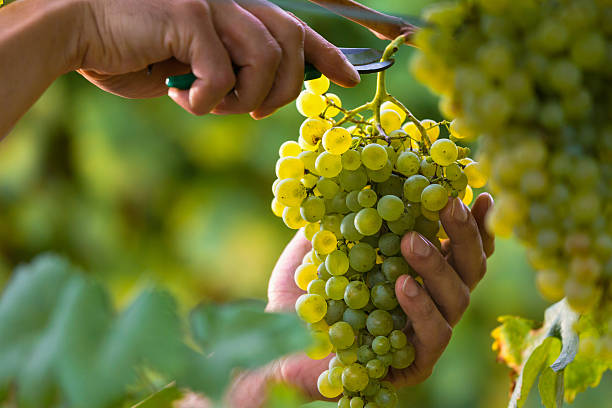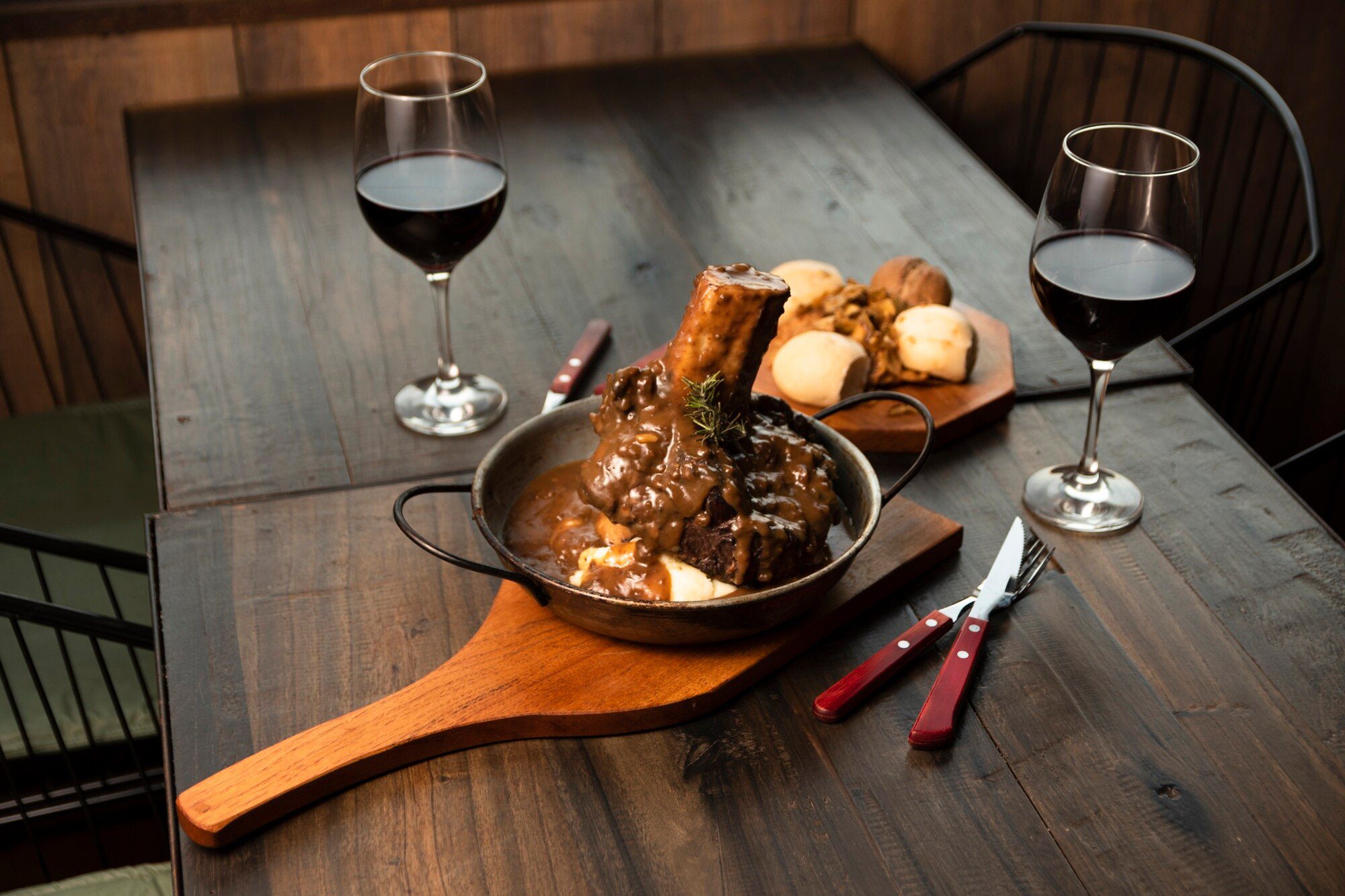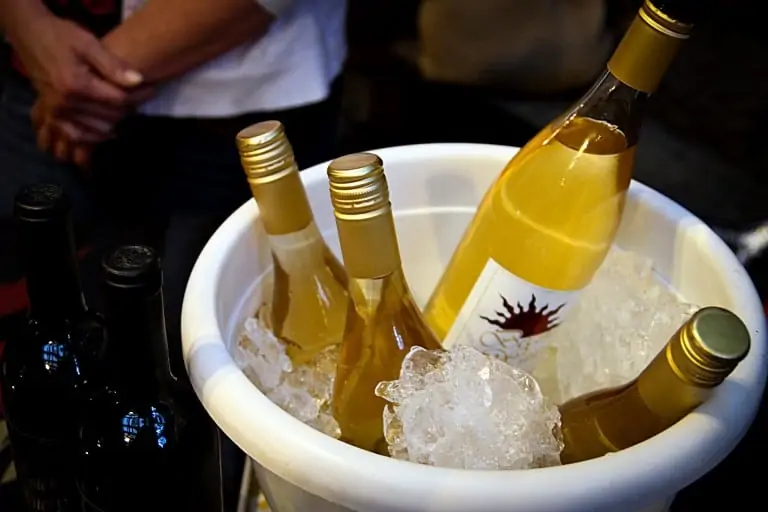Cyprus boasts seven distinct wine routes that traverse ancient vineyards and showcase the island’s 6,000-year winemaking heritage. From coastal regions to mountainous terroirs, each route offers unique indigenous grape varieties, traditional production methods, and wines that reflect Cyprus’s diverse microclimates.
Key Takeaways
- Cyprus features seven official wine routes spanning different geographical regions and elevations
- Indigenous grape varieties like Xynisteri and Maratheftiko dominate the Cypriot wine landscape
- The Commandaria wine route produces the world’s oldest named wine, dating back to 800 BCE
- Many Cypriot wine regions have earned Protected Designation of Origin (PDO) status
- Wine tourism in Cyprus combines cultural experiences with winery visits and tastings
Laona-Akamas Wine Route: Gateway to Indigenous Varieties
The Laona-Akamas wine route winds through the northwestern Paphos district at elevations between 400-650 meters. This region’s limestone and loamy-gypsum soils create ideal conditions for both indigenous and international varieties. Four prominent wineries, including Fikardos Winery, showcase the region’s star grapes: Xynisteri for whites and Maratheftiko for reds.
The route enjoys mild temperatures and moderate rainfall (610mm annually), allowing for slow grape maturation that develops complex flavors. As part of the PDO Laona-Akamas designation, wines here must meet strict quality standards, including yields under 45 hectoliters per hectare and minimum alcohol levels of 12% for reds. Villages like Kathikas, Polis Chrysochous, and Peyia offer cultural immersion alongside wine experiences.

Vouni Panagias-Ampelitis: High-Altitude Excellence
At approximately 800 meters above sea level, the Vouni Panagias-Ampelitis route offers exceptional high-altitude vineyards with unique microclimates. Ten wineries, including the renowned Vouni Panayia Winery, specialize in cultivating indigenous varieties that thrive in these conditions.
Xynisteri grapes here develop distinctive green apple and peach notes, while Maratheftiko exhibits pronounced red fruit and floral aromas. The region’s surrounding pine forests contribute to the area’s biodiversity and influence the wine’s character. Maratheftiko, representing only 7% of Cyprus’ vineyards, thrives here thanks to cross-pollination practices with other varieties like Spourtiko and Xynisteri.
This route’s PDO status enforces quality standards similar to other prestigious regions, ensuring authentic expression of this mountainous terroir. For anyone seeking to explore notable Cypriot wine brands, this region hosts several award-winning producers.
Diarizos Valley: Riverside Viticulture
The Diarizos Valley wine route passes through 14 picturesque villages, including Salamiou and Filousa, and features two active wineries. The region primarily grows the Mavro red grape, which contributes to robust wines with high acidity.
Unlike other Cypriot wine regions, Diarizos Valley sits at a lower altitude, with fertile soils supporting 18 different grape varieties. The Diarizos River’s influence creates lush landscapes that contrast with the island’s typically arid terrain. Mavro grapes from this region were historically used in the production of traditional Commandaria wines, anchoring the valley’s contribution to Cyprus’s winemaking heritage.
Krasochoria Lemesou: The Wine Villages
Known affectionately as “The Wine Villages,” Krasochoria Lemesou encompasses 20 charming settlements, including the notable Omodos and Vasa. With 16 established wineries, this region represents the heart of Cyprus’s wine industry, producing approximately 50% of the island’s Xynisteri grapes.
The PDO Krasochoria Lemesou designation requires vineyards to be situated at elevations above 400 meters, with yields capped at 45 hectoliters per hectare. This region’s arid climate and sloping terrain intensify flavor profiles, with Mavro yielding light-bodied reds and Xynisteri producing crisp, mineral-driven whites.
Understanding the proper storage methods for Cypriot wine becomes especially important for collectors of these distinctive village wines, as they can develop beautifully with age when kept correctly.
Commandaria Route: Ancient Liquid Gold
The Commandaria route represents the world’s oldest named wine, with production dating back to 800 BCE. Fourteen villages, including Kolossi and Laneia, continue the ancient tradition of producing this amber-colored sweet wine from sun-dried Xynisteri and Mavro grapes.
Production methods remain remarkably faithful to historical practices, with grapes still dried on roofs for approximately three days before pressing. This process concentrates sugars and develops the wine’s characteristic honey, dried fruit, and spice notes. With yields capped at 6,500 kg per hectare and annual production of around 3000 hectoliters, Commandaria wine maintains its status as a rare and precious commodity.
EU-funded projects have helped revive interest in this historic wine style, preserving ancient techniques while implementing modern quality standards.
Pitsilia: Mountain Viticulture
The Pitsilia wine route traverses some of Cyprus’s highest vineyard elevations, ranging from 1,000 to 1,400 meters above sea level. This extreme altitude ensures exceptionally slow grape maturation, concentrating flavors while maintaining vibrant acidity.
Maratheftiko thrives here, alongside the rare Yiannoudi grape, which produces wines with dark berry notes and spicy characteristics. Eleven villages, including Pelendri and Agros, dot this mountainous landscape, with two dedicated wineries showcasing the region’s distinctive offerings.
The high-altitude stress on vines concentrates sugars and acids in the grapes, with Yiannoudi—a rare Cypriot variety—producing tannic, spice-laden reds that represent some of the island’s most distinctive wines.
Mountainous Larnaka-Lefkosia: Cultural Wine Heritage
The Mountainous Larnaka-Lefkosia wine route uniquely combines the Larnaca and Nicosia districts, passing through ten diverse villages including the famous Lefkara. This cooler climate region successfully cultivates Assyrtiko, Malvasia Aromatica, and Cabernet Sauvignon.
Beyond wine, this route offers exceptional cultural experiences, including Fikardou’s ancient wine presses and Lefkara’s renowned lace workshops. The limestone soils impart distinctive mineral undertones to the Assyrtiko whites, creating wines with bright acidity and subtle saline notes.
This route perfectly demonstrates how Cypriot winemaking intertwines with broader cultural traditions, offering visitors a complete immersion into island heritage.
Indigenous Grape Varieties and Quality Designations
Cyprus’s wine identity centers around its indigenous grape varieties. Xynisteri, covering 28.5% of the island’s vineyards, forms the backbone of both dry whites and Commandaria. Maratheftiko, occupying 7% of plantings, requires cross-pollination and yields structured tannic reds with aging potential.
The island boasts seven Protected Designation of Origin (PDO) regions, including Commandaria and Krasochoria Lemesou, each with strict yield and alcohol requirements. Additionally, four Protected Geographical Indication (PGI) districts—Nicosia, Limassol, Larnaca, and Paphos—require wines to contain at least 85% locally grown grapes.
These quality designations help preserve traditional methods while ensuring distinctive regional expression in Cypriot wines.
Wine Tourism Experiences
Cyprus offers diverse wine tourism options, from self-guided drives to organized tours like the Troodos Vino Venture, which includes visits to three wineries, over 18 tastings, and traditional meze meals. EU funding between 2004-2013 significantly enhanced infrastructure and signage along wine routes, making independent exploration accessible.
Many wineries offer comprehensive experiences beyond tasting, including vineyard tours, traditional food pairings, and insights into ancient production methods. The combination of Mediterranean climate, stunning landscapes, and authentic village hospitality makes Cyprus an ideal wine tourism destination throughout the year.
Sources
Choose Your Cyprus – Wine Routes
Cyprus Ministry of Agriculture – Commandaria
GuildSomm International – The Rise of Cypriot Wine





